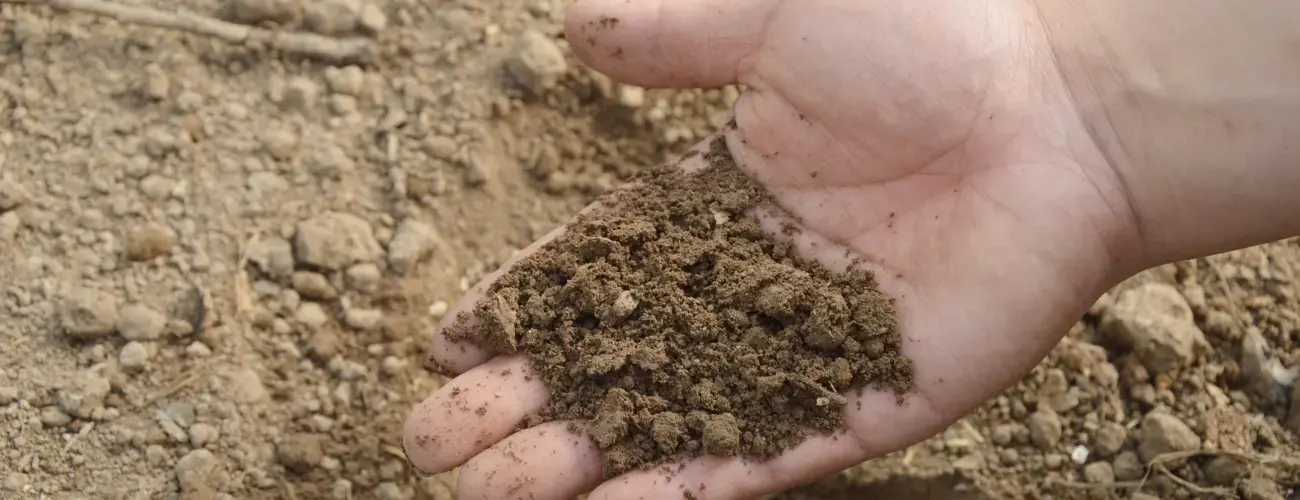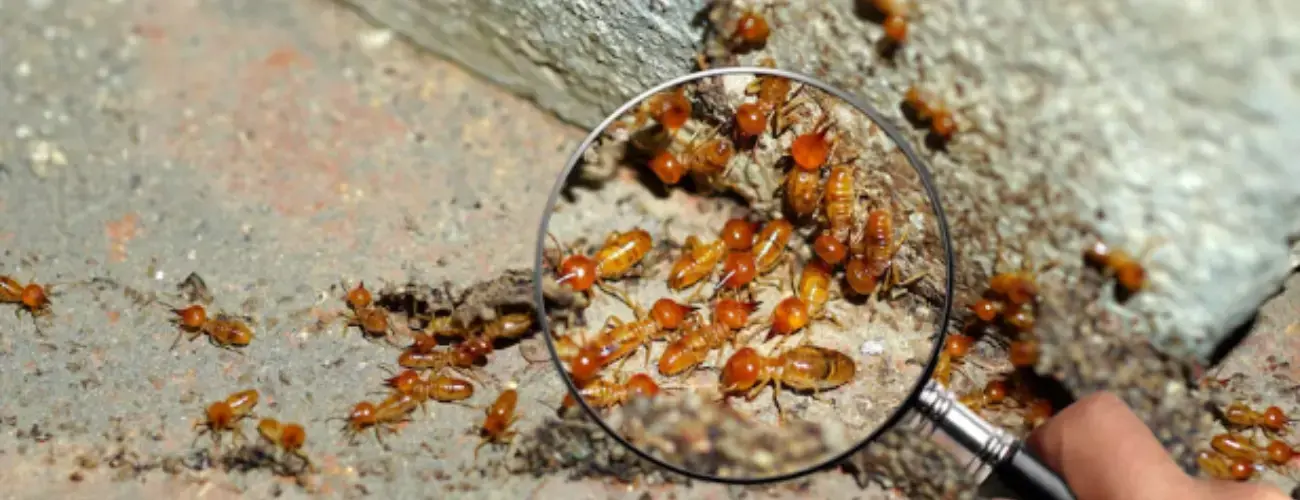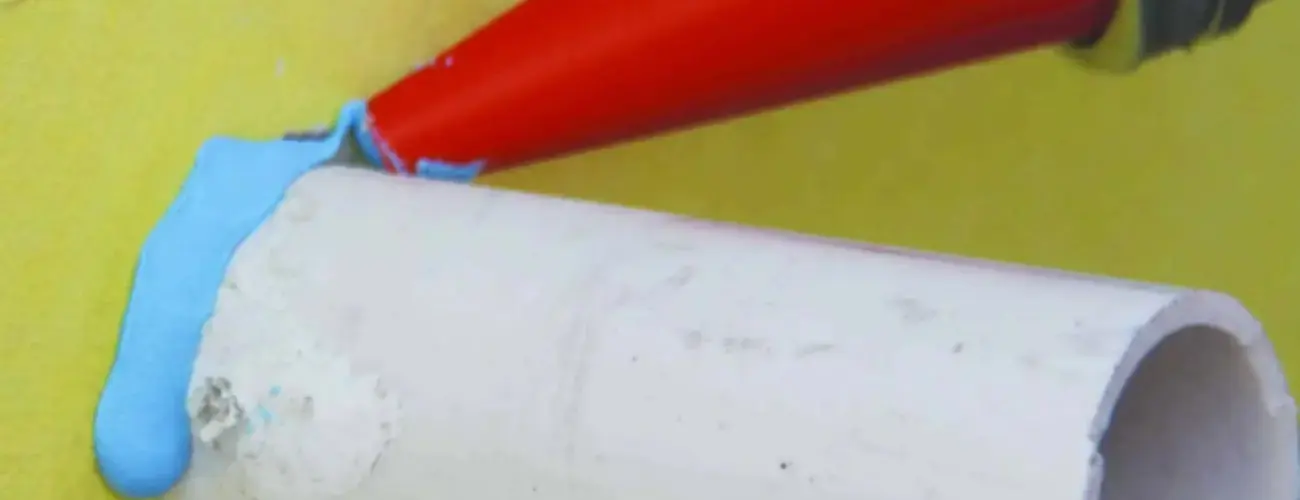Blog & News
Explore our articles to learn more about products in application.
Residential

Carrie Powers
April 24, 2025
Filling Gap Between Concrete Slab and Wall: Why It Matters a...
Architectural

Carrie Powers
April 17, 2025
Tile Underlayment Membrane: The Hidden Foundation of Long-La...
Architectural

Carrie Powers
April 10, 2025
Comprehensive Guide to Crack Isolation Membranes for Tile In...
Residential

Carrie Powers
April 3, 2025
Metal Building Window Flashing: A Practical Guide to Getting...
Residential

Carrie Powers
March 13, 2025
Does Crawl Space Encapsulation Add Value to Home & Other Ben...
Results Per Page:
Previous
1
2
...
15
Next











